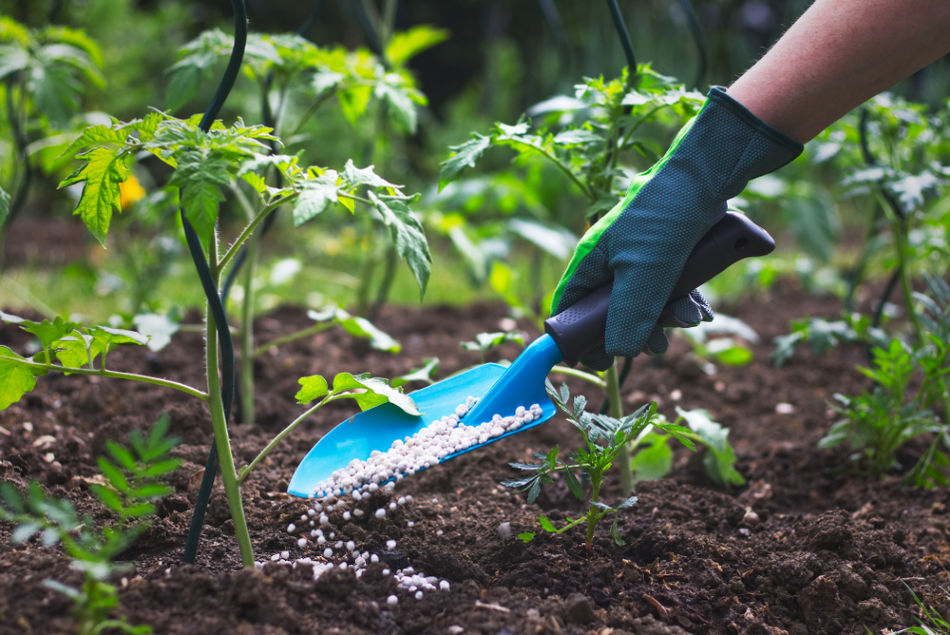
It is well recognized that the majority of the Ethiopian population has led life entertaining the principal economic pillar of the nation—Agriculture. This sector has mainly been practiced particularly in developing countries. Though the sector has steeped a journey accompanied with remarkable success in registering a double digit growth over the last two decades, it has now been highly challenged by the Corona virus as the impact of the pandemic is being highly pronounced with regard to the activities of the farming community. The pandemic has been compromising the sector as farm input constraints are rife. Yes, agricultural input supply is getting unattainable and difficult to well address the concerned following the pandemic. It is also estimated that close to 8 million people can potentially be affected by the negative impact the pandemic imposed on the country.
Moreover, input provision is influenced by major factors like the shortage of supply. Worse even, this shortage is assumed to be exacerbated especially at the time of COVID-19. The backbones of the farming sector productivity such as select seed, fertilizer and other related inputs are now well readied to be distributed to the farming community. However, the spread of the pandemic is very threatening and highly challenging the smooth flow of activities along that line. To properly deal with this devastating and terrible arena, coordination, responsible action and awareness creation among the farming community have to be well considered.
Obviously, over the past decade, economic and agricultural growth in Ethiopia has resumed. The secular upward trend in agricultural produces prices, growing threat of the COVID-19 coupled with continued rapid population growth are supposed to fuel food demand. For Ethiopia indeed, the major agricultural growth opportunities will be in states and domestic markets for food staples.
Economic and agricultural developments have shown remarkable growth despite continued high population, the pandemic threats and the onset of measurable atmospheric fluctuation. Hence, the country need to strengthen its general capacities to deal with pandemic threats, stresses resulted from it and weather shocks in line with general agricultural development priorities.
The lasting solutions to the problems created following lack of conducive atmosphere for the proper supply of agricultural inputs such as fertilizer, select seed and proper logistics should be coming up with sense of belongingness, awareness creation among farmers about how to run their business taking care of their health need to be prioritized. In so doing, it is possible to drive further agricultural intensification and in many places has led to improvements, rather than deterioration in the natural resource base.
The fight against COVID-19 in rural areas is lagging badly and will need to be intensified via participatory approaches to prevention, expansion of the cardinal care principles to rural areas, and massive improvements in farming productivity.
More specifically in the agricultural sector, the pandemic will have to further reduce agricultural produces and commodities, compromise the food and other agricultural merchandises and challenge the access of the farmers to all the required inputs.
If the situation continues at the same rate, it has made the country more dependent on food imports, making it much more vulnerable than other countries to the recent food price shock. But before that the combined effort of the government, private sector, and development partners needs to be well consolidated. In doing so, it could be easy to hit the set target.
For farmers of the developing countries like Ethiopia pandemic challenges are obvious: They increase agronomic complexity and increase risks of shocks at the farm and community levels and imply additional changes in crops, cropping patterns, timing, agronomic practices, and seed and fertilizer demands. But what is required is strengthening of capacities of the farming community and food systems to adapt to the worldly epidemic via improved technology generation and adoption systems, more and better irrigation schemes.
With no doubt, harnessing the enormous land reserves of the country will requires more labor and migration of populations from higher population density and areas with little or declining agricultural potential to the lower population density areas—where better quality agricultural land is available. Such migration would be greatly facilitated by states integration that would allow for national labor movements.
However, this requirese normous investments in infrastructure and technology. A consequence is that community-driven agricultural and rural development programs must mainstream all components of the fight against the Corona virus.
Reducing the death and suffering from the pandemic requires generalization of prevention, treatment and care and support in rural areas, taking advantage of agriculture in the care and all potential support areas. But there are other serious threats to the agricultural growth rate, and the reduction of poverty and hunger.
Agriculture and food interventions can help mitigate the impact in rural areas. But neither prevention nor treatment programs have yet been scaled up adequately in rural areas for obvious reason, the case of the Corona virus, despite the fact that how to do that is well known, and scaling up of these interventions remains the most pressing issue. The sluggish entry of the private sector into input supply, marketing, rural finance, and technology development and dissemination in the country has been particularly harmful to the development of the farming sector, and how to provide these services remains a major challenge. The proper supply of agricultural inputs at any level would be easy if all concerned move in unison.
In sum, the coordination and the spirit of working together at this hard time need to be consolidated than ever. Both the distribution of select seed, fertilizers and other necessary inputs for agriculture or the task of awareness creation about the pandemic among the farming community is badly required right now. We all should pass this bad time through creating a solidified synergy as the saying goes, “Unity is strength.”
The Ethiopian herald June 3,2020
BY MENGESHA AMARE




